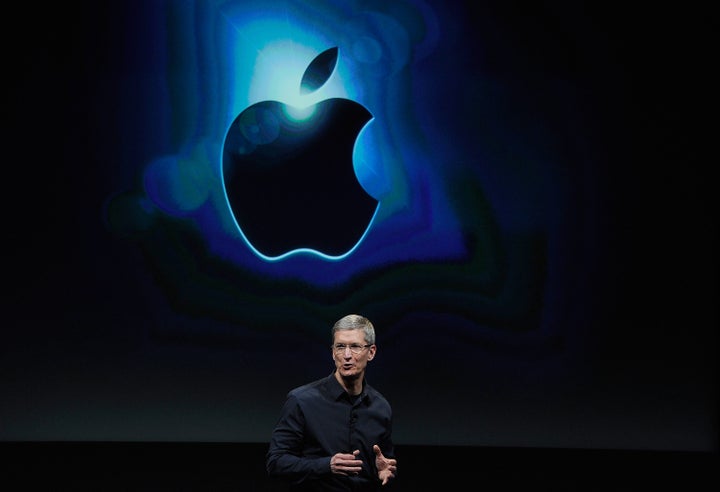
In Apple’s world, talking is the new typing.
The iPhone’s touchscreen ushered in an entirely new way to handle phones that relied on swipes, taps and fingers in place of keys, buttons and styluses. Now, Apple is once again making a push to redefine the way we use our cellphones by having users speak, not type, their commands.
The newest version of the iPhone, the iPhone 4S, boasts a longer battery life, faster processor, higher-quality camera and more advanced antennas than its predecessor, as well as both CDMA and GSM capabilities, meaning it can be used globally.
But the key feature that distinguishes the iPhone 4S and marks an important new direction for Apple is the phone’s voice-controlled personal assistant Siri, which Apple claims will help "you get things done just by asking.” By speaking into their phones, consumers can use Siri to dictate messages, place calls, schedule appointments, search the web or ask for directions.
Just as Apple was years behind companies like Nokia and IBM in introducing a touchscreen phone, it’s also hardly the first to embrace voice recognition technology, a feature competitors like Google and Microsoft have already integrated into their own mobile operating systems.
Yet history shows that Apple has repeatedly delivered features long after its rivals, only to have its own products take the lead. If the technology is everything Apple promises it to be, Siri is poised to radically transform how people use their phones, and will offer the iPhone a key advantage over other smartphones.
“In long term, it will be as disruptive in terms of changing our interactions as the touchscreen was,” Forrester analyst Charles Golvin said of Apple’s Siri technology.
What differentiates Siri from competing services is its ability to not only recognize words spoken in a normal tone of voice, but its capacity to pick up on the contextual meaning of a phrase.
Questions or instructions can be delivered in natural language and Siri will detect the user’s intent with a “staggering” degree of accuracy, according to one user. Ask Siri, “Do I need an umbrella today?” or “Is the weather going to get worse today?” and it will bring up the local weather report. Apple demonstrated how the “Do I need a raincoat?” delivered the reply, “It sure looks like rain today.”
Though the technology is state-of-the-art, Apple may face an uphill battle in convincing users to talk to their phones. Frustrated by past experiences using glitchy voice recognition services that required yelling and repetition, or would work only in silent rooms, several Apple users at the Apple store in Manhattan's Soho neighborhood said they were dubious Siri would offer an improvement over existing offerings and expressed little interest in trying the technology.
“I’ve never seen voice activated features work well or a situation when background noise wouldn’t complicate it,” said Cliff Baker. “Maybe it’d be convenient to use it in the car, but otherwise it’s nice not having to verbalize some conversations.”
Some users also noted that there was something socially awkward about talking to a phone without having at person on the other end.
“It feels strange talking to a phone and having a phone talk back to me,” said Melvin Rodriguez “It shows we’re just getting lazier and lazier.”
Teen Billmar Morales had a similar take.
“You’ll look kind of dumb talking to the phone, especially in public,” he said.
Golvin also points out that Siri requires users to simultaneously familiarize themselves with cutting-edge technology and revert to previous ways of handling their phones.
“It used to be that mainly what you did on a phone was punch a few buttons then talk. Now talk is the last thing you do. Our phones are much more visual,” said Golvin. “We’re asking people to go back to what they used to do and behaviors they moved away from. In general, consumers don’t like voice interfaces, they’re not comfortable with them.”
And of course, it remains to be seen just how many people will actually buy Apple’s iPhone 4S.
Though analysts remain optimistic that Apple's latest product will sell handsomely, fans were left with one burning question about the new iPhone 4S Apple unveiled Tuesday: Where’s the iPhone 5?
“I was waiting for the iPhone 5,” said Anthony Santos. “I think we’re all a little disappointed.”
CORRECTION: An earlier version of this article misstated the iPhone's launch date.
